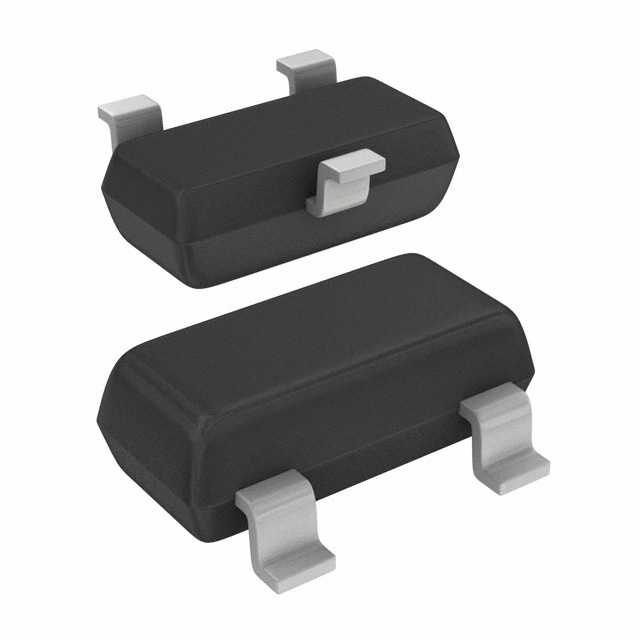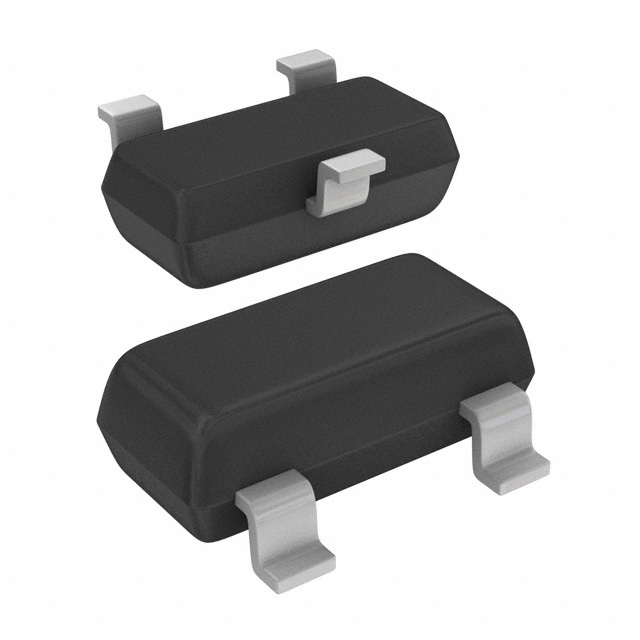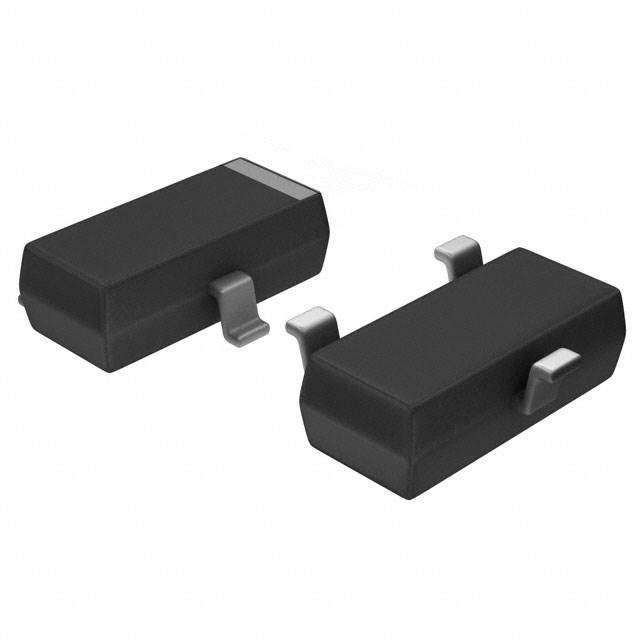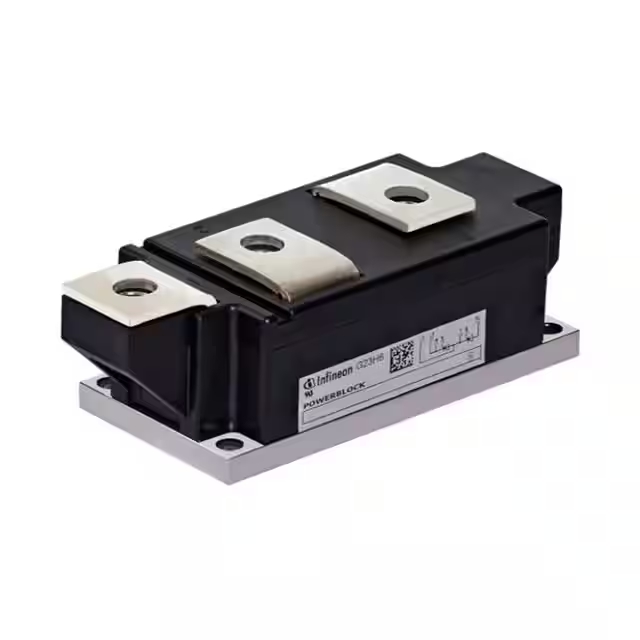When you’re installing an MBR0520LT1G diode, always look for the little stripe on its body—that marks the cathode side. Connect the cathode to your load or the output voltage line, and hook the anode to your input voltage or ground. Getting this orientation right is critical; if it’s reversed, you might damage the diode or cause your circuit to malfunction.
Be gentle when soldering this diode. Try not to keep it under high heat for too long, or you risk hurting its performance or reliability. Also, remember this diode works best in low-voltage (up to 20V) and low-current situations (no more than 0.5A). Pushing beyond these ratings could lead to early failure or reliability issues down the road. Stick within these limits, and you’ll have a reliable, efficient, and trouble-free circuit.
mbr0520lt1g equivalent schottky diode




| Parameter | MBR0520LT1G | BAT54T1G | RB521S30T1G | 1N5819HW |
|---|---|---|---|---|
| Maximum Reverse Voltage (VR) | 20 V | 30 V | 30 V | 40 V |
| Maximum Forward Current (IF) | 0.5 A | 0.2 A | 0.2 A | 1 A |
| Forward Voltage Drop (VF@IF) | 0.3 V@0.5A | 0.32 V@0.1A | 0.35 V@0.2A | 0.6 V@1A |
| Package Type | SOD-123 | SOD-123 | SOD-123 | SOD-123 |
| Capacitance (Typical) | ~40 pF | ~10 pF | ~10 pF | ~110 pF |
| Reverse Recovery Time (trr) | Short | Short | Short | Short |
When you’re looking for an alternative diode for the MBR0520LT1G, there are a few key points you should keep in mind. First off, always check the diode’s maximum reverse voltage (VR)—pick one that’s equal or higher than your original diode to avoid the risk of breakdown. Next, consider the maximum forward current (IF). Make sure the new diode can handle at least as much current as your circuit requires, especially if you’re dealing with higher currents. Another important factor is the forward voltage drop (VF). Lower VF means less power wasted and better efficiency, making it ideal for battery-powered applications. Lastly, pay attention to the package type and dimensions. You want to choose a diode with the same pin layout and package size to make installation and soldering hassle-free. Stick to these guidelines, and you’ll easily find a reliable replacement diode that fits right into your design.
mbr0520lt1g diode circuit application
If you’re using the MBR0520LT1G Schottky diode in your circuits, here are some common scenarios you’ll often encounter. First, it’s perfect as a freewheeling diode for inductive loads like relays, motors, or coils—it safely absorbs voltage spikes, protecting your circuit from damage. It also works great in small power supplies and AC-DC converters, offering efficient rectification with lower heat buildup.
If you need battery protection or reverse-polarity protection, this diode keeps your equipment safe if the battery gets accidentally reversed. In DC-DC converters, whether stepping voltage up or down, it provides efficient rectification, helping you minimize energy losses. It’s also ideal for high-frequency circuits found in communication and portable devices due to its fast switching speeds.
Just remember not to exceed its voltage (20V) or current rating (0.5A). And if you’re working in high-frequency applications, keep an eye on its junction capacitance and switching performance to maintain optimal efficiency and signal quality.
mbr0520lt1g rectifier diode usage
If you’re working on circuits needing efficient rectification, the MBR0520LT1G diode is a great pick. Its super-low forward voltage drop (around 0.3V) helps reduce power loss, making it ideal for battery-powered devices. It also handles high-speed switching very well, perfect for use in DC-DC converters, switching regulators, and various voltage step-up or step-down circuits.
You’ll often see it in compact power supplies like phone chargers, wireless chargers, and USB power modules because it keeps energy losses low. It’s also commonly found in portable gadgets—think wireless earbuds or smartwatches—where efficient battery charging and reduced heat mean longer battery life.
When building battery chargers (for lithium or NiMH), or LED drivers, this diode can help improve overall efficiency and LED lifespan. Just make sure your voltage doesn’t exceed 20V and your current stays under 0.5A. Also, if you’re designing high-frequency circuits, keep PCB traces short and tidy to avoid unwanted inductance or capacitance, ensuring reliable performance.
mbr0520lt1g reverse voltage rating
When you’re choosing or using the MBR0520LT1G diode, one key spec you’ll notice is its maximum reverse voltage rating—it’s rated for up to 20 volts. This means it can safely handle reverse voltages up to that level without breaking down or getting damaged.
In practice, you need to be careful. Always design your circuit so the diode never experiences voltages above that 20-volt limit; going beyond could lead to failure, reduced reliability, or even permanent damage. It’s a good idea to give yourself a little breathing room by choosing a diode rated higher than your actual circuit voltage. For example, if your circuit sees peak voltages near 15 volts, using this diode rated at 20 volts gives you that extra safety margin. Taking precautions like this helps ensure your diode stays reliable, lasts longer, and keeps your circuit running smoothly without unexpected issues.











SOT223-1.jpg)








~~2.jpg)


.jpg)

,TO-226_bentlead.jpg)


